Copyright 2012 by
The Curators of the University of Missouri
University of Missouri Press, Columbia, Missouri 65201
Printed and bound in the United States of America
All rights reserved
5 4 3 2 1 16 15 14 13 12
Cataloging-in-Publication data available from the Library of Congress.
ISBN 978-0-8262-1971-8
ISBN 978-0-8262-7272-0 (e book)

This paper meets the requirements of the
American National Standard for Permanence of Paper
for Printed Library Materials, Z39.48, 1984.
Designer: Steph Foley
Typesetter: FoleyDesign
Printer and binder: Integrated Book Technology
Typeface: Minion
For Michael and ElizabethAcknowledgments
Without the reliably outstanding research assistance of Candice Spurlin and the excellent editing and manuscript-preparation work of Stephannie Bonaiuto, this book would not have been possible. To these friends and colleagues, the author extends his most sincere gratitude.
I would like to acknowledge the SMU Law Review and the Quinnipiac Law Review for giving me the opportunity to flesh out my initial thinking on some of the ideas and themes of this book.
Finally, I would like to very gratefully acknowledge the staff of the University of Missouri Press for all their diligent work in preparing the manuscript for publication. In particular, I thank Sara Davis and Gloria Thomas for their highly professional, insightful, and sensitive editorial contributions. I also thank Beth Chandler and John Brenner for their invaluable assistance in bringing the book to publication.
Introduction
Under the leadership of Chief Justice Earl Warren in the 1950s and 1960s, the United States Supreme Court adopted an aggressive brand of individual-rights jurisprudence, interpreting the Bill of Rights as setting out mandates for achieving a certain vision of individual autonomy. But this individual autonomy was defined in isolation, apart from the larger social or political landscape occupied by individuals.
Under the modern view of the Bill of Rights, as taken by the Warren Court, individual autonomy has become a primary if not exclusive focus. According to this view, the Bill of Rights was included in the Constitution for the purpose of preserving individual autonomy through insulating the individual from various democratic outcomes. It is a view that has constitutional roots in the Courts New Deal period, reflected in the infamous footnote 4 of United States v. Carolene Products Co., in which the Court suggested that it would no longer strictly scrutinize structural provisions of the Constitution, such as federalism and separation of powers, but would instead give heightened scrutiny to individual rights, such as those contained in the Bill of Rights. Unfortunately, this change in the Courts orientation served to distort the meaning of the Bill of Rights. It cast the Bill of Rights as focused primarily or exclusively on individual autonomy. It also served to separate the Bill of Rights from the structural orientation of the Constitution as a whole. Both these effects contradicted the original intent behind the Bill of Rights.
During the New Deal constitutional revolution, the Court, in order to accommodate the New Deal legislation, retreated from enforcing the Constitutions structural provisions. In this retreat, the Court suggested that it would concentrate its attentions on individual-rights matters. However, since the Bill of Rights is essentially structural in itself, the Court was simply choosing one set of structural provisions to enforce while ignoring other structural provisions. The mistake was compounded when the Court began interpreting the Bill of Rights as exclusively concerned with individual rights and autonomy, rather than with providing structural limitations on government power and authority.
There is much debate among scholars as to the intent and purpose behind the Bill of Rights. One argument is that it serves to protect and nourish certain fundamental individual rights. Under this argument, the Bill of Rights seeks first and foremost to identify particular individual freedoms and then to create a constitutional protection for those substantive freedoms, in a way that facilitates or preserves a judicially defined view of those freedoms.
Another argument looks at the Bill of Rights from a wholly different perspective. This argument sees the bill as a set of provisions designed primarily to better ensure the maintenance of limited government within the constitutional scheme. According to this argument, the Anti-Federalists, as the primary advocates for and shapers of the Bill of Rights, sought to achieve not a particular substantive protection of specific individual rights, but rather an assurance that the government being created through the new Constitution would indeed be a government of limited powers. To further secure this limited government, the Bill of Rights specified certain explicit areas in which the government would have no power to act or intrude. Whereas the rest of the constitutional scheme set out structural provisions for the overall maintenance of limited government, the Bill of Rights articulated specific substantive areas in which the principle of limited government was to prevail. The Anti-Federalists were not so concerned about identifying and protecting a finite list of particular individual rights in the new democracy; they were more concerned about alleviating fears that the original Constitution had not adequately prevented the new government from overstepping its allotted powers.
Of course, under the first argumentthe individual-autonomy argumentthe Bill of Rights would also serve to limit government. Under an individual-autonomy model, the provisions in the Bill of Rights act as rights-bearing constitutional trump cards to be played whenever the courts find that individual freedom or autonomy has been impacted by state power. But the difference between this model and the limited-government model is that the former seeks primarily to serve individual-autonomy interests and only secondarily to limit the power of government, whereas the latter model focuses primarily on limiting government and thereby indirectly protecting individual freedom. However, as this book will argue, the limited-government model can be applied in a more workable, judicially restrained, and historically supported manner than the individual-autonomy model.
The impetus for the Bill of Rights arose from the same set of concerns that influenced the structural scheme of the original Constitution. These concerns involved creating the appropriate structures and checks to keep the new central government sufficiently limited. The bill was just one more facet to that endeavor, providing additional means through which to keep the new central government limited. The Bill of Rights reinforced the boundaries of power that were already set out, albeit more generally, in the original Constitution.
It should be noted that although the original Constitution was much concerned with limitations on government power, this was not the first and foremost aim of the constitutional framers. The Constitution first and foremost sought to create a strong central government, in contrast to the weak federal government existing under the Articles of Confederation. But once this strong central government was in fact created, the Constitution then sought to limit the powers of that government. And in doing so, the Constitution employed an array of structural features aimed at ensuring a sufficiently limited federal government. In addition, and as an added assurance of such limited government, the Bill of Rights was proposed and ratified.

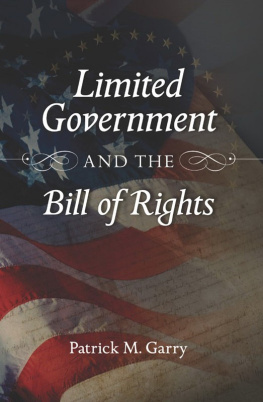



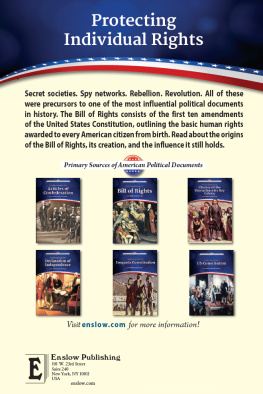
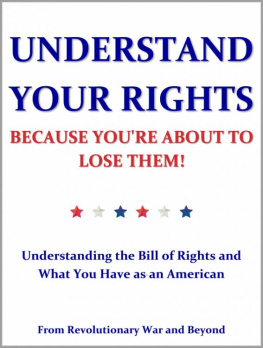
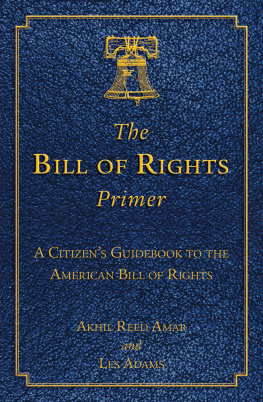
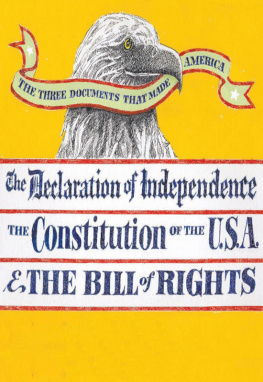



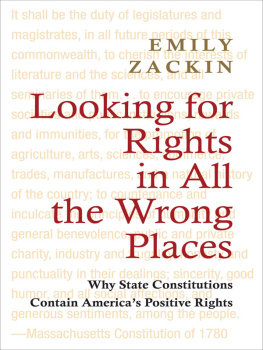
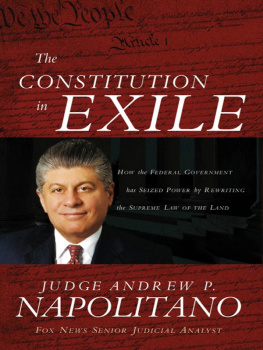
 This paper meets the requirements of the
This paper meets the requirements of the